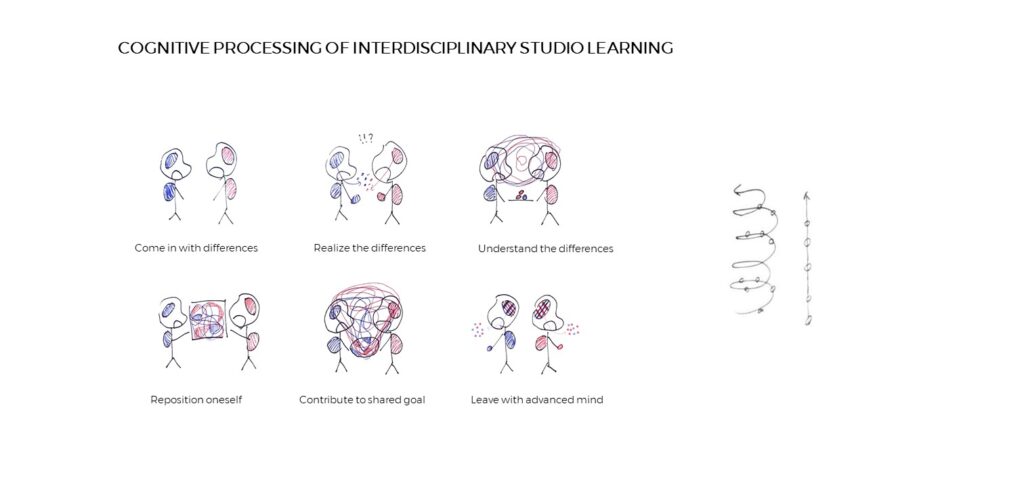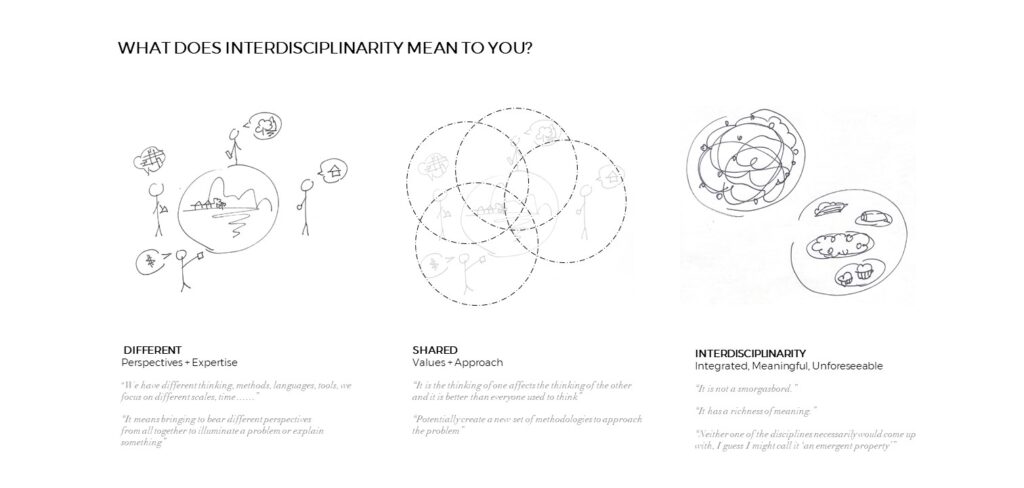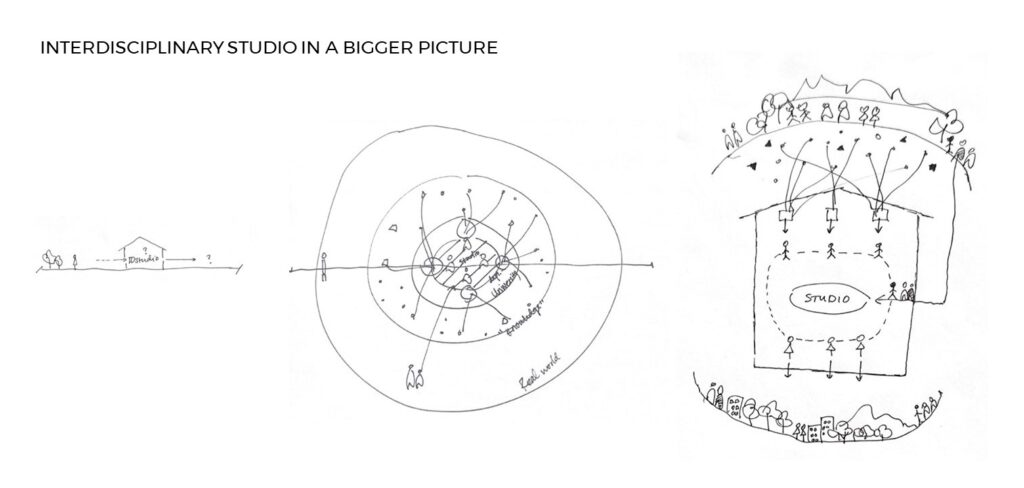Within the field of landscape architecture, verticality is predominantly defined as a design tool. The variety of applications for vertical elements within design, and the spatial role they can play is well documented. However, there is a rapidly growing community that understands vertical spaces as inhabitable places: rock climbers. More and more people equipped with this unique perspective of the vertical are venturing out to monoliths of rock across the country, seeking new heights in various state and national parks. This perception of vertical spaces as places brings a new definition of the vertical to landscape architecture. To begin to understand this definition, this thesis explores the meanings, values, and experiences of rock climbers by utilizing Yosemite National Park as a case study along with firsthand knowledge of the sport. Placing landscape architecture in conversation with rock climbing presents a number of takeaways for the profession including a shift in the perception of vertical space and the way it is designed, a tool for developing knowledge related to the vertical, and a deeper understanding of the embodied experience of rock climbers. With this recognition, landscape architects can better design for and with rock climbers to protect and manage climbing areas as well as create new opportunities for vertical experiences.
Advisor: Branden Born
Exploring the Potentials of Interdisciplinary Studios in the University of Washington College of Built Environments
Interdisciplinary collaboration has become a key strategy in the fields of the built environment to understand and address complex environmental and societal issues. The College of Built Environments at the University of Washington has applied the idea of interdisciplinarity to education, offering a series of college-wide interdisciplinary studios since 2009. This study conducts a qualitative review of the interdisciplinary studios at the College of Built Environments from 2009-2019. Through fifteen in-depth interviews with previous studio instructors, this study explores how studio instructors understand the idea of interdisciplinarity, how their understandings are reflected in the studio pedagogy, and what are the future potentials for the interdisciplinary studio in the University of Washington College of Built Environments.


